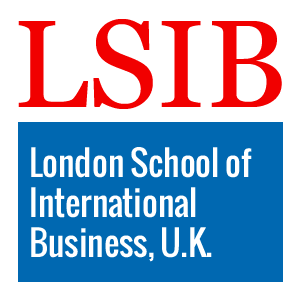Graduate Certificate in Eco-Friendly Textile Printing
Published on June 24, 2025
About this Podcast
HOST: Welcome to our podcast, today I'm thrilled to be talking with an expert in sustainable textile design and printing. Can you tell us a bit about your experience in this field? GUEST: Of course, I've been working as a textile designer for over a decade, and I've seen the need for more sustainable practices grow over the years. It's become my passion to help others learn eco-friendly alternatives. HOST: That's fantastic! Now, let's dive into the course you're teaching, "Graduate Certificate in Eco-Friendly Textile Printing." What inspired you to create this program? GUEST: There's a growing demand for environmentally friendly fashion, and I wanted to equip designers, entrepreneurs, and manufacturers with the skills they need to create sustainable textile solutions. HOST: Absolutely, and one of the key aspects of the course is mastering low-impact dyes and natural fibers. Can you share why these materials are so important in the shift towards sustainability? GUEST: Certainly! Low-impact dyes reduce water pollution, while natural fibers are biodegradable and often require less energy to produce than synthetic ones. Together, they help minimize the environmental impact of textile production. HOST: That's really interesting. Now, when it comes to eco-friendly textile printing, what are some of the challenges you've faced or seen others encounter in this process? GUEST: A major challenge is finding affordable, high-quality eco-friendly materials and processes. It can be tough to compete with traditional, cheaper methods that are harmful to the environment. But with innovation and industry support, we can overcome these obstacles. HOST: I agree, and it's great that the course also covers water conservation strategies and responsible sourcing. Can you elaborate on how these topics are addressed? GUEST: We explore various water-saving techniques, like closed-loop systems and efficient dyeing methods. For responsible sourcing, we discuss the importance of fair trade, ethical labor practices, and transparency in supply chains. HOST: That's incredibly important. Now, as someone who's both working in the industry and teaching this course, where do you see the future of eco-friendly textile printing heading? GUEST: I believe we'll continue to see advancements in digital printing technology, which is already more eco-friendly than traditional methods. Additionally, I hope to see increased regulations and consumer awareness driving the shift towards sustainability. HOST: It's an exciting time for the industry, and I'm sure your course will make a significant impact. Thank you so much for joining us today and sharing your insights on the "Graduate Certificate in Eco-Friendly Textile Printing." GUEST: My pleasure, thank you for having me!
